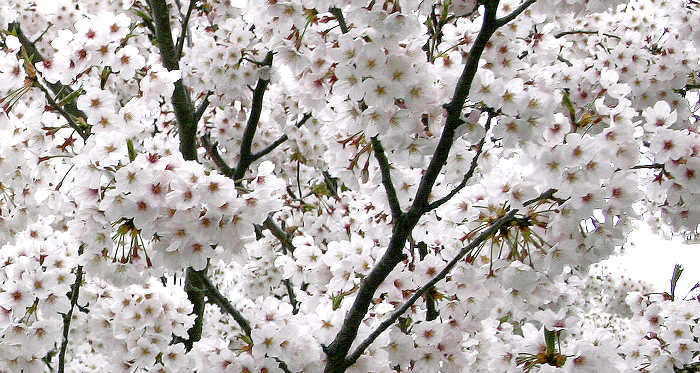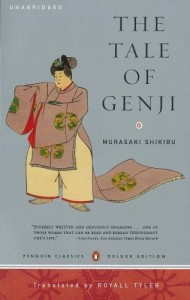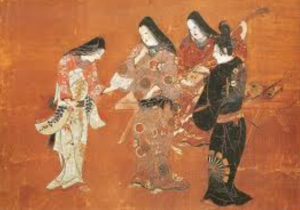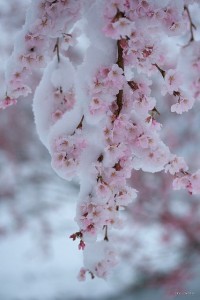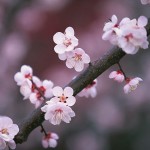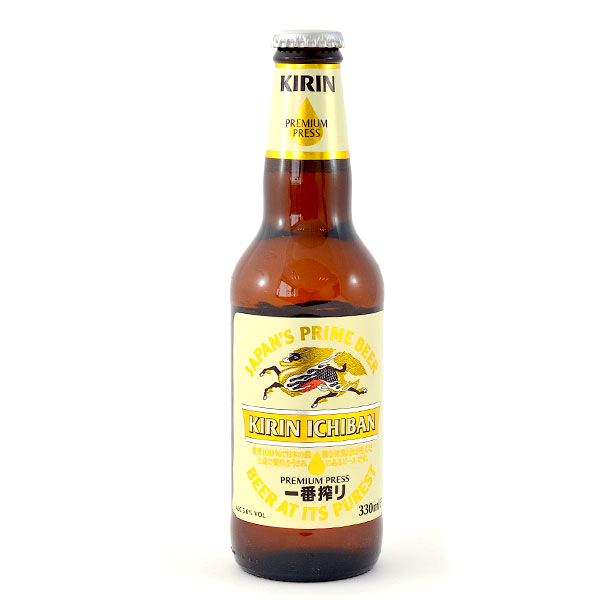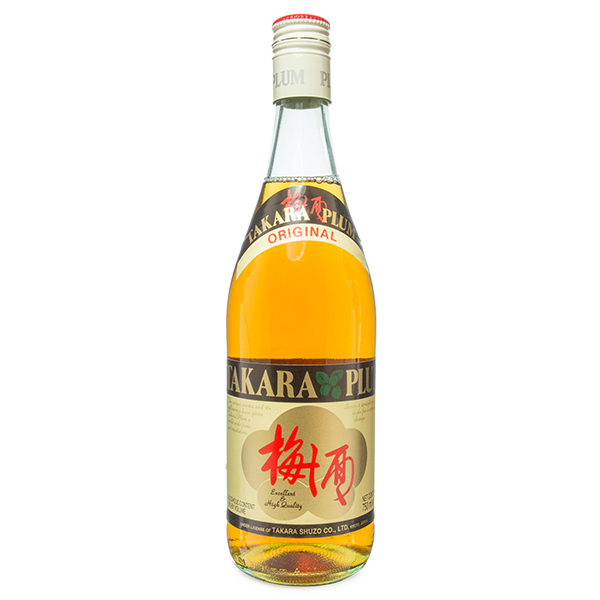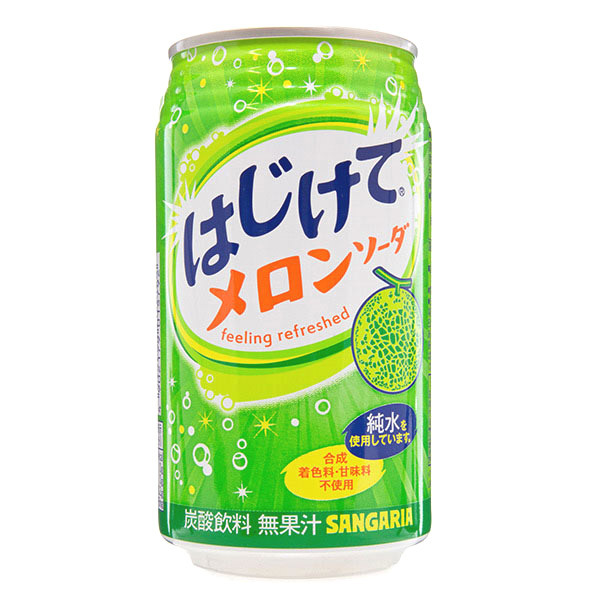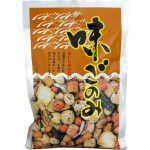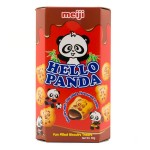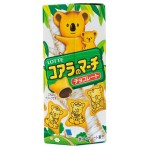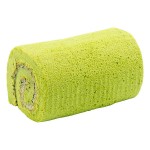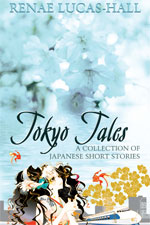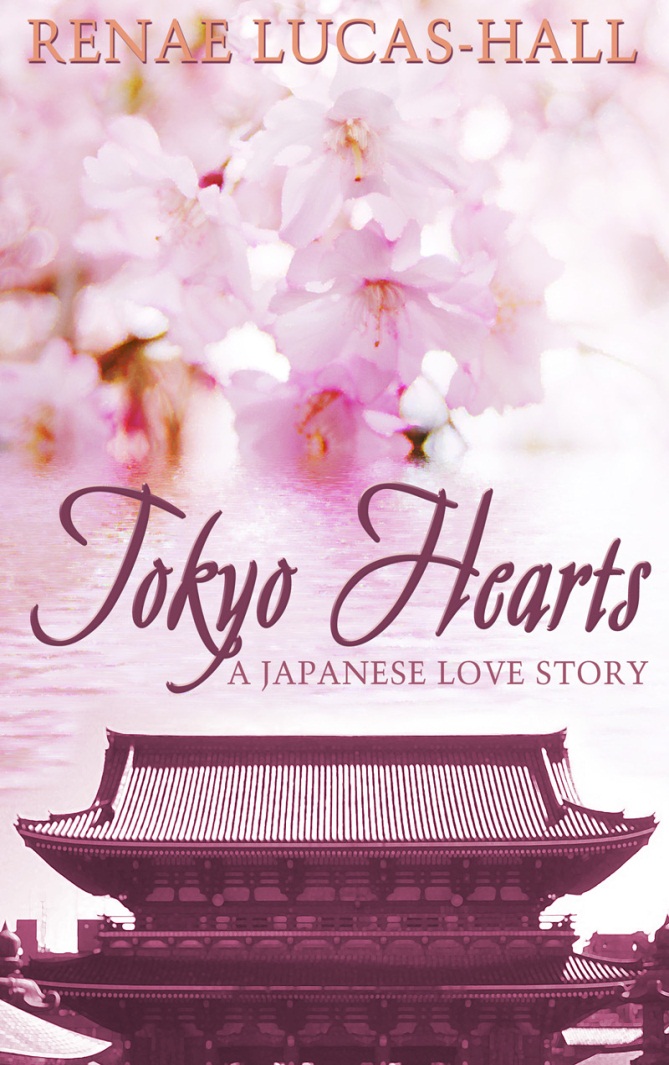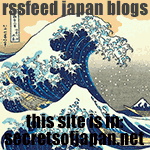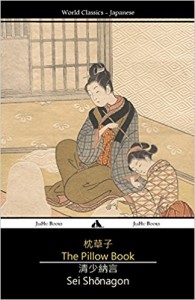 I’m currently reading The Pillow Book, a 10th century Japanese diary from the Heian period. This book is a fascinating journal written by a poet and author called Sei Shōnagon, a court lady who served Empress Consort Teishi just over 1,000 years ago. Through her observations and musings, Shōnagon has provided incredible insight into court life at this time in Japan.
I’m currently reading The Pillow Book, a 10th century Japanese diary from the Heian period. This book is a fascinating journal written by a poet and author called Sei Shōnagon, a court lady who served Empress Consort Teishi just over 1,000 years ago. Through her observations and musings, Shōnagon has provided incredible insight into court life at this time in Japan.
On pages 198-199 there’s a captivating short story within the book I thought everyone would enjoy reading because it’s just so charming. It also gives readers a fantastic example of why The Pillow Book is so well-known and very popular as a piece of literature and an important historical document.
The witty story below is very cleverly written and imaginative and the communications between the Chinese and Japanese emperors clearly make a statement about the political tension between Japan and China during the Heian period at the time of writing.
Please enjoy . . .
“Once upon a time there lived an Emperor who cared only for young people, and killed everyone once they turned forty. People fled and went into hiding in distant lands, and no one over forty was left in the capital. There was at that time a Captain, a brilliant and popular man, whose parents were both nearing seventy years of age. The parents were in terror for their lives, seeing that even people as young as forty were forbidden in the capital. But the Captain was a man of great filial piety. He declared that he couldn’t bear not to see them at least once a day, so rather than send them to live in a distant land he instead secretly dug a hole in the earth under his house, where he built a room. There he settled them, calling in constantly to see that all was well, and he gave out to the court and to the people at large that they had disappeared. Why should it have mattered to the Emperor as long as they stayed shut up in the house, I wonder? What a horrible age it must have been. The parents can’t have been from the upper echelons, with a Captain as a son. He was a very wise man, this Captain, a man of great knowledge, and though he was young he had a fine reputation and a most penetrating mind, so it seems the Emperor held him in the highest regard.
Now the Emperor of China was trying to get the better of this Emperor and seize his country, and he kept menacing him by engaging him in disputes and tests of knowledge. One day, he sent him a piece of planed wood about two feet long, beautifully sleek and shiny and rounded at the edges, with the question, ‘Which is the base and which is the head?’ There was no way of telling the answer to this, and the Emperor was greatly perplexed, but the Captain, feeling sorry for him in his quandary, secretly took the problem to his old father. ‘All His  Majesty needs to do is go to a swift-flowing river, stand on the bank and throw the wood in sideways. The end that turns and heads downstream will be the top,’ his father instructed. The Captain then went to the Emperor and, pretending that the idea was his own, offered to carry out the plan. So he and his companions went and threw the wood into the river as instructed; they indicated the end that had turned downstream as the top, and sent it back to China, and apparently it was indeed correct.
Majesty needs to do is go to a swift-flowing river, stand on the bank and throw the wood in sideways. The end that turns and heads downstream will be the top,’ his father instructed. The Captain then went to the Emperor and, pretending that the idea was his own, offered to carry out the plan. So he and his companions went and threw the wood into the river as instructed; they indicated the end that had turned downstream as the top, and sent it back to China, and apparently it was indeed correct.
On another occasion the Chinese Emperor sent two snakes of exactly the same length, roughly two feet long, with the question, ‘Which is male and which is female?’ This too was impossible to judge. Our Captain then went again to his father and asked what to do. ‘Line them up,’ said his father, ‘and put a straight stick against their tails. The one that doesn’t move its tail will be the female.’ The Captain went back to the palace and did just this, and sure enough one moved its tail and one didn’t, so they were marked accordingly and sent back.
A long time passed, and then the Chinese Emperor sent a tiny twisted jewel which had seven curves and a central hole running through it, and an opening at the two ends. ‘Thread this and return it to me,’ was the instruction. ‘We can all do this here.’ All the court nobles and senior courtiers, and everybody else as well, declared that even the cleverest craftsman would be defeated by this task. So the Captain went again to his father and told him the problem. ‘Catch two large ants,’ the old man said, ‘tie a thin thread round their abdomens, then attach a slightly thicker thread to this. Then smear the other end of the jewel with honey.’ The Captain passed this advice on to the Emperor, then followed the instructions, and when the ants were put into the hole they smelt the honey, and emerged from the other end in no time. When the threaded jewel was sent back to the Chinese Emperor, he acknowledged that Japan was indeed a clever country, and never did such things again.
The Emperor was deeply impressed with the Captain’s sagacity, and inquired what he could do for him or what rank he wished to receive as a reward. The Captain replied, ‘I wish for no rank or title. I only beg that my old parents who have hidden themselves away be discovered and allowed to live in the capital again.’ ‘Nothing could be simpler,’ the Emperor replied, and he forthwith decreed that they could return. When all the other aged parents learned of this, they too were overjoyed. The Emperor elevated the Captain to court noble and made him Minister.”
The translation of The Pillow Book by Meredith McKinney definitely brings the journal to life so if you like the short story above you’re bound to enjoy the rest of the book which is available in paperbook or eBook from Amazon.








